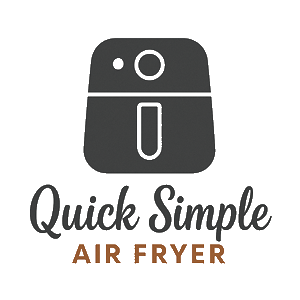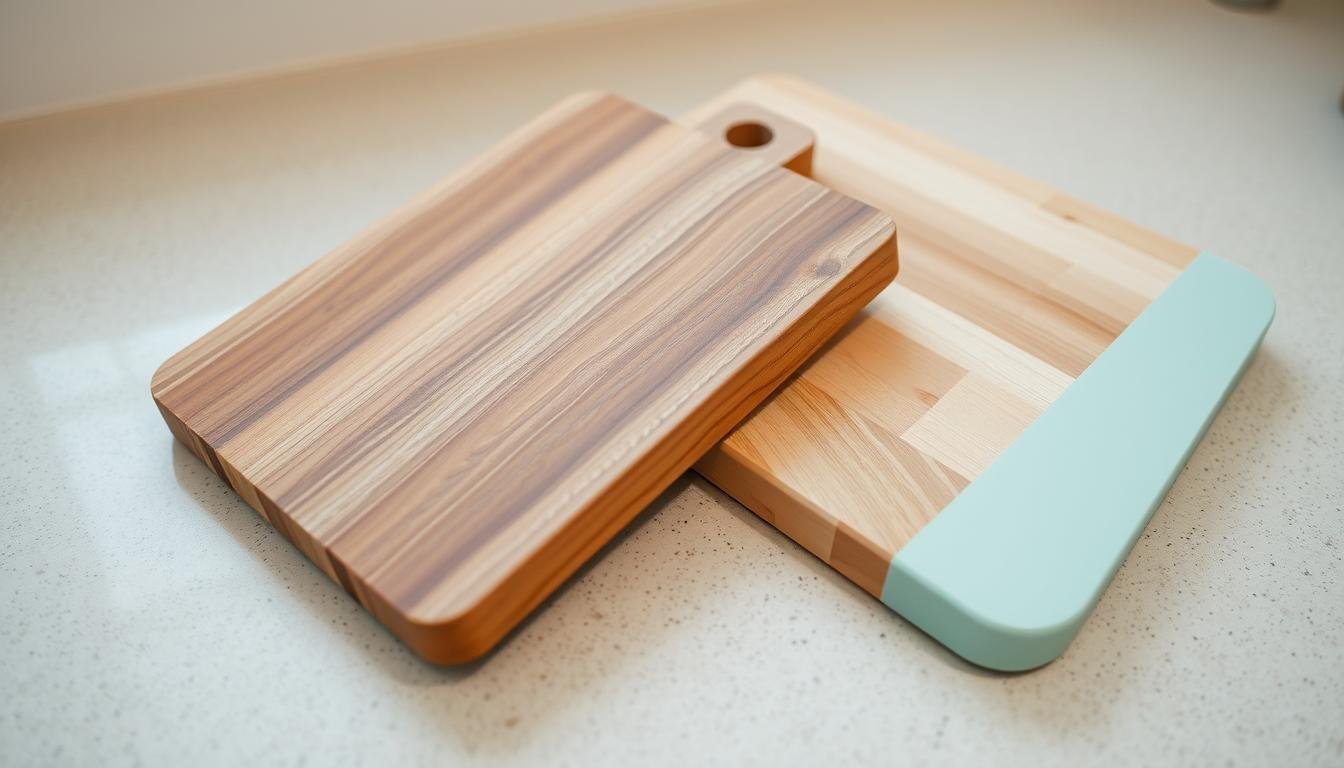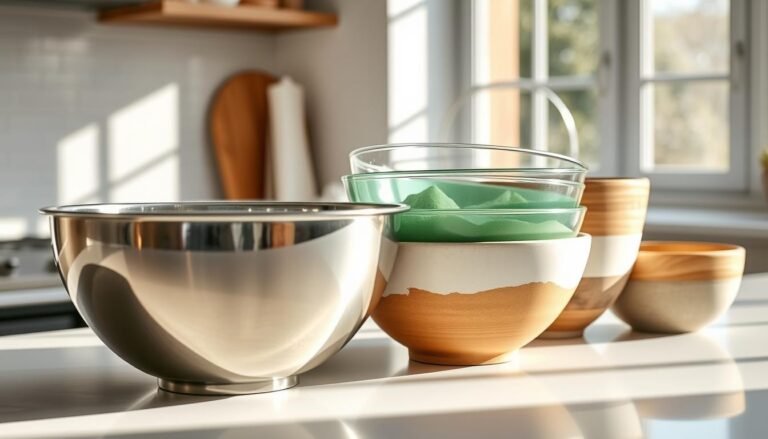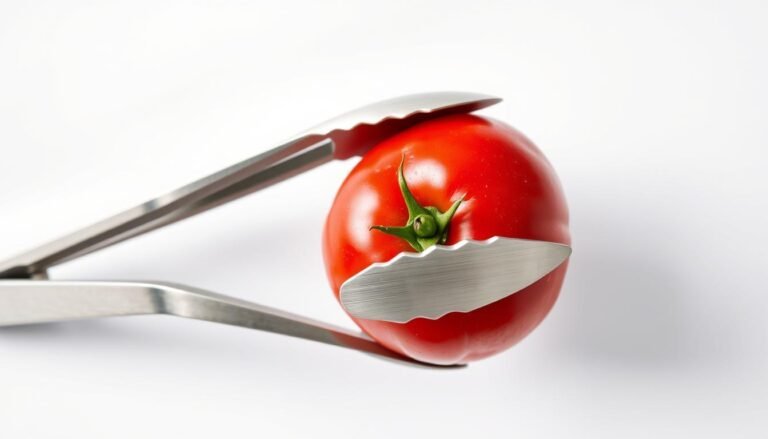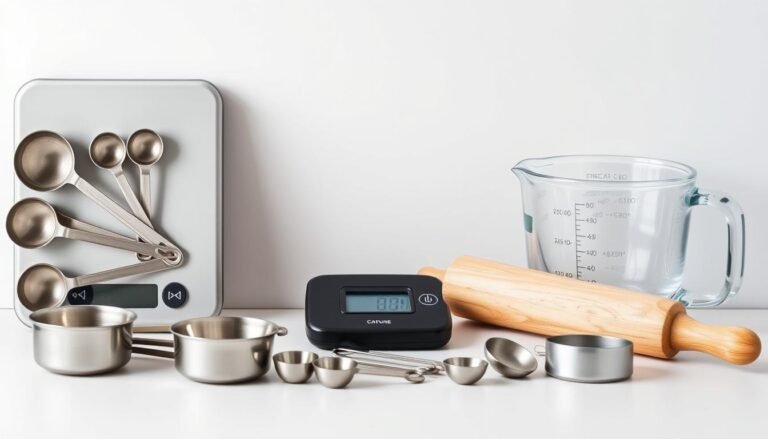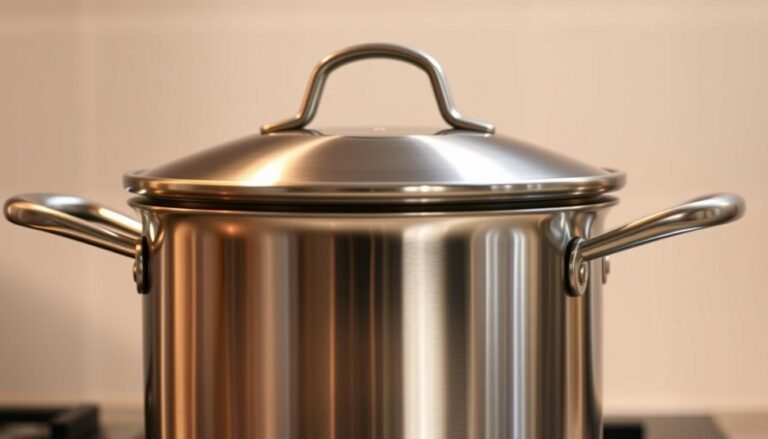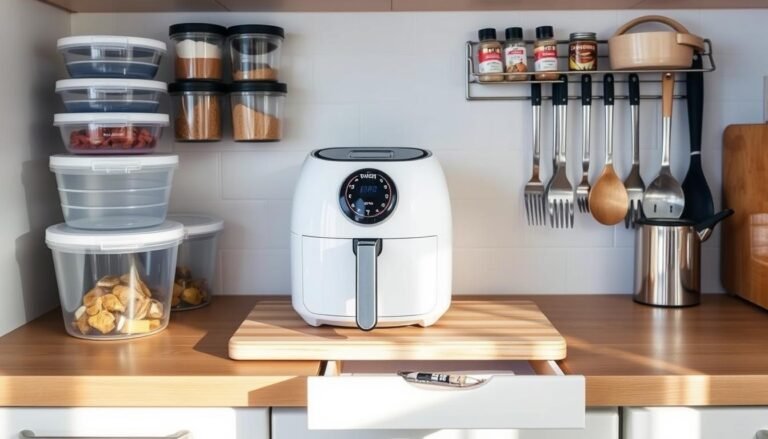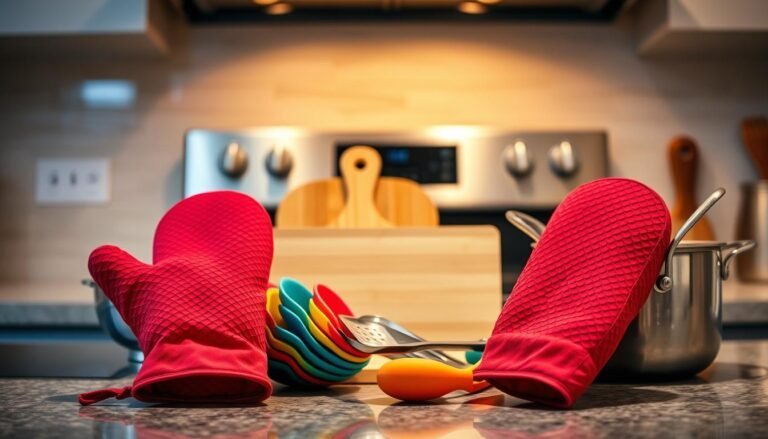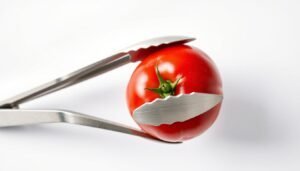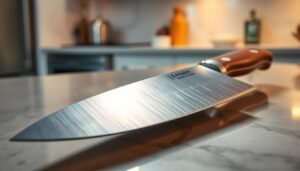Disclosure: This Post Contains Affiliate Links; We earn a commission on purchases.
Choosing the right kitchen cutting board is key for safe food prep.
The debate between wood and plastic cutting boards goes on. Wood boards are durable and look good. Plastic boards are easy to clean and cheap.
When picking the best cutting board, think about durability, upkeep, and safety.
Key Takeaways
- Durability varies between wood and plastic cutting boards.
- Maintenance needs differ significantly between the two materials.
- Food safety is a critical consideration when choosing a cutting board.
- Wood cutting boards offer aesthetic appeal and durability.
- Plastic cutting boards are easy to clean and maintain.
The Importance of Choosing the Right Cutting Board
Choosing the right cutting board is key to keeping your kitchen clean. The type of board you pick affects food safety and how long your knives last.
Impact on Food Safety and Kitchen Hygiene
A dirty cutting board can spread bacteria, causing cross-contamination. Wooden cutting boards naturally fight off bacteria. But, plastic cutting boards can trap bacteria in their grooves.
It’s important to clean and take care of your cutting board. This keeps your kitchen clean and safe.
How Cutting Boards Affect Knife Longevity
The material of your cutting board can wear down your knives. A wooden cutting board is softer on knives than hard surfaces like glass or marble. But, a plastic cutting board can be better if it’s soft and smooth.
Choosing the right material can make your knives last longer.
Types of Cutting Board Materials for Your Kitchen
Cutting boards come in many materials. Each has its own good and bad points. The right material can make your kitchen better, from keeping food safe to making knives last longer.
Wooden Cutting Boards
Wooden cutting boards are loved by chefs and home cooks. They are strong and look good.
Hardwood Options
Hardwoods like Maple, Oak, and Walnut are very dense. They are tough and can handle knives well. With care, they can last for years.
Bamboo Cutting Boards
Bamboo is a green choice that’s getting more popular. It’s light, strong, and fights off germs naturally.
Plastic Cutting Boards
Plastic cutting boards are easy to clean and don’t cost much.
Polyethylene and Polypropylene Options
These plastics are tough and don’t scratch easily. They can go in the dishwasher, making them simple to keep clean.
Composite Materials
Some plastic boards use special materials. These make them even more durable and less likely to crack.
Other Materials
Other options include Glass, Marble, and Silicone. Glass and marble are easy to clean but can hurt knives. Silicone is flexible and safe in the dishwasher.
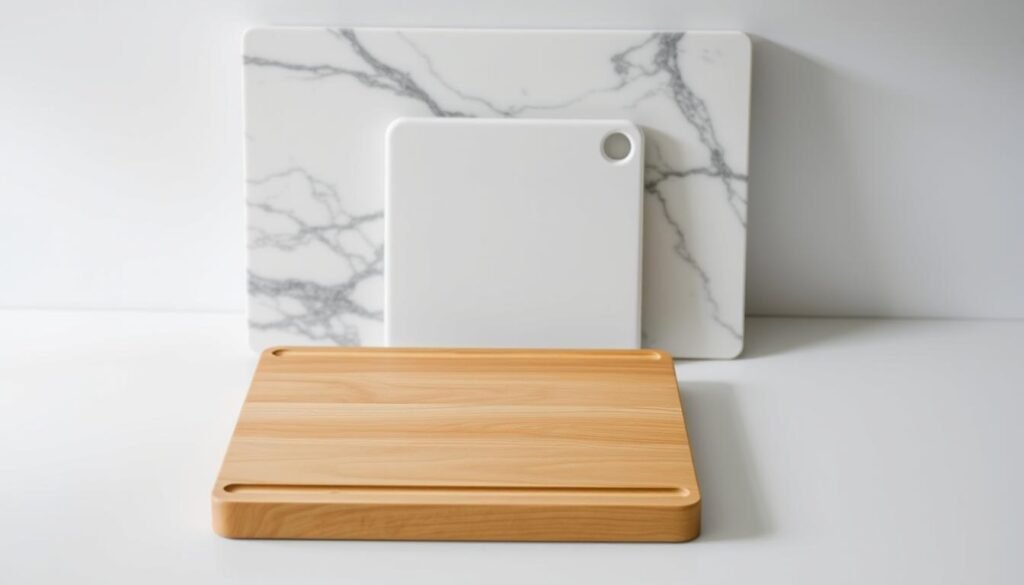
Choosing a cutting board means looking at the good and bad of each. You might like the feel of wood, the simplicity of plastic, or the toughness of other materials. There’s a board for everyone.
- Wooden cutting boards offer durability and aesthetic appeal.
- Plastic cutting boards are easy to clean and maintain.
- Bamboo cutting boards are sustainable and have antimicrobial properties.
Wood vs. Plastic Cutting Board: A Comparative Look
Cutting boards are key in every kitchen. Wood and plastic are the top choices. The right pick depends on durability, how well they handle knives, upkeep, and cleanliness.
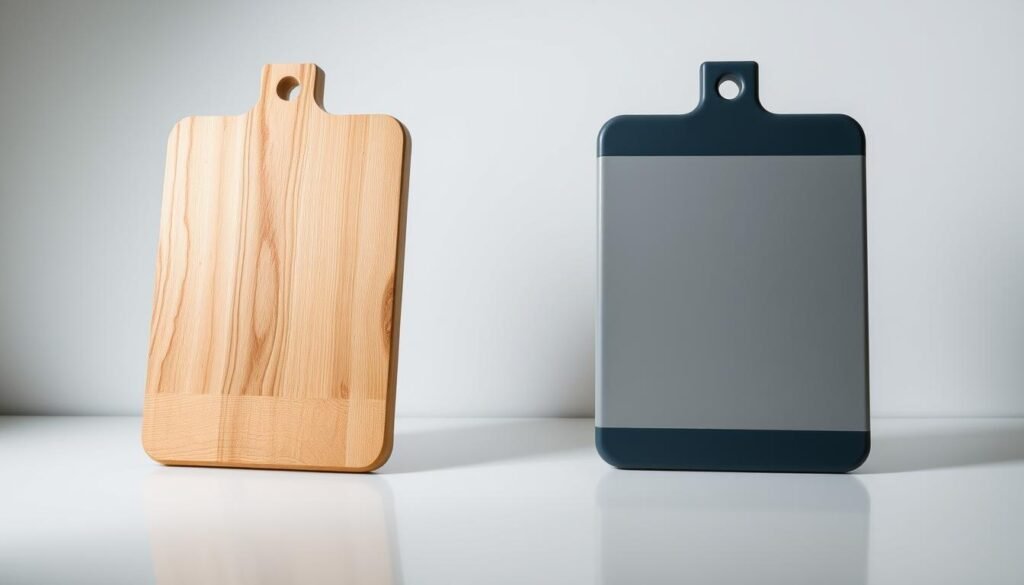
Durability and Longevity
Wooden cutting boards last long with the right care. They can go for decades. But, plastic boards get scratches and cuts easily, which can breed bacteria. Plastic boards are cheaper but might need replacing often.
- Wooden cutting boards can last for decades with proper maintenance.
- Plastic cutting boards are more susceptible to wear and tear.
- Durability of both types depends on usage and care.
Knife-Friendliness
A knife-friendly cutting board keeps your knives sharp. Wooden boards are softer on blades than plastic or hard materials. But, picking the right wood is key to avoid knife wear.
- Wooden cutting boards are gentler on knives.
- Some hardwoods can be too harsh on knife edges.
- Plastic cutting boards can be rough on knives if they are too hard.
Maintenance Requirements
Keeping your cutting board in good shape is important. Wooden cutting boards need oil to avoid cracking. Plastic boards are easy to clean and can go in the dishwasher.
- Wooden cutting boards need regular oiling.
- Plastic cutting boards are easy to clean and sanitize.
- Both types require some form of regular maintenance.
Sanitation and Food Safety
Keeping your kitchen clean is essential. Both types can be sanitized, but plastic cutting boards are easier because they’re non-porous. Wooden boards have natural defenses against bacteria.
- Plastic cutting boards are generally easier to sanitize.
- Wooden cutting boards have natural antimicrobial properties.
- Proper cleaning and maintenance are key for both.
Best Practices for Using Different Cutting Boards
Using cutting boards right is key to a clean kitchen. They help prevent food from getting mixed up and unsafe. Not using them correctly can cause problems.
One good way to keep food safe is to color-code your cutting boards. This means using different colors for different foods. It helps stop foods from getting mixed up.
Color-Coding for Food Safety
Color-coding is a simple way to keep your kitchen clean. For example, use a red board for raw meat, a green one for fruits and veggies, and a blue one for seafood. This makes it easy to know which board to use.
For more tips on picking the right cutting board, check out Wusthof’s guide.
Dedicated Boards for Meat, Poultry, and Seafood
It’s important to have special cutting boards for meat, poultry, and seafood. These boards should only be used for these foods. This stops bacteria from spreading to other foods.
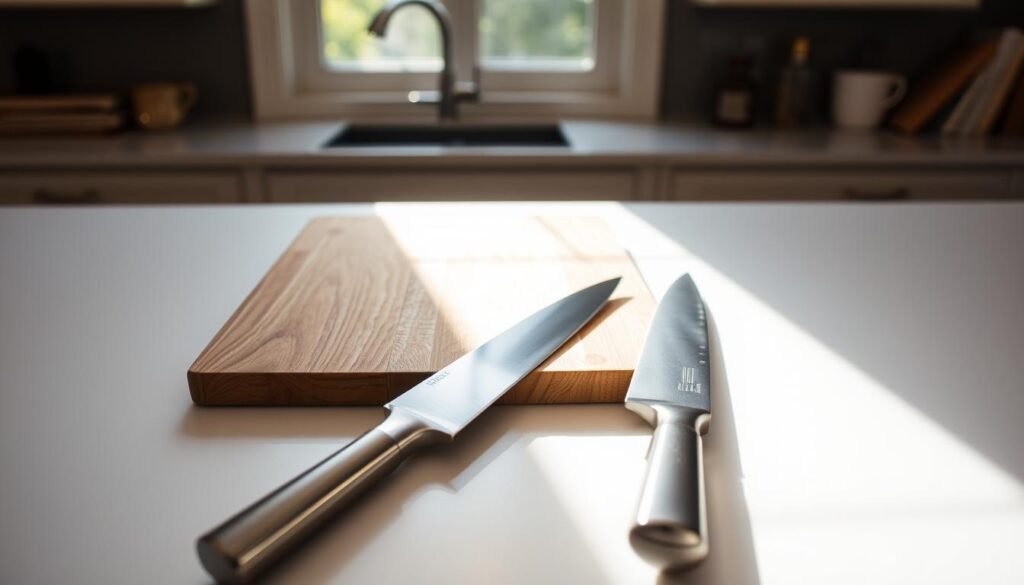
When to Use Wood vs. Plastic for Different Foods
Choosing between wood and plastic cutting boards depends on the food. Wood boards are better for knives and look nice, but need more care. Plastic boards are easy to clean but might get knife scars.
For example, a large cutting board made of wood is good for fruits and veggies. But, a plastic board is better for raw meat.
The main thing is to use the right cutting board for the job. And always clean and sanitize them properly.
Cutting Board Size and Design Considerations
The right cutting board size and design can make your kitchen better. It’s key to pick one that fits your kitchen needs well.
Determining the Right Size for Your Kitchen
Choosing the right size depends on your kitchen space and cooking habits. A large cutting board is great for chopping but takes up more space. A small cutting board is better for small kitchens or simple tasks.
Think about your cooking and how many people you cook for. A big board is good for big families.
Special Features
Today’s cutting boards have cool features. Juice grooves are great for meat, poultry, or fish. They keep juices from spilling. Handles make them easier to move.
Some boards are reversible. This means you get two sides to use. It makes your board last longer.
Aesthetic Considerations and Personalization Options
The look of your cutting board matters. There are many designs, materials, and finishes to match your kitchen. Personalized cutting boards let you add your name or message.
Whether you want something functional or stylish, there’s a cutting board for you. It can make your kitchen better.
Conclusion: Making the Best Cutting Board Choice for Your Kitchen
Choosing the right cutting board is key for a clean kitchen. It keeps food safe and knives sharp. Many things matter when picking the best kitchen cutting board.
Wood or plastic cutting boards are both good. Wooden boards are great for knives, while plastic is easy to clean. The right cutting board depends on your kitchen and what you like.
Think about your kitchen needs and how you cook. Use color-coding and separate boards for different foods. This makes your kitchen safer and more efficient. Choosing wisely will make cooking better.
FAQ
What is the best material for a cutting board?
Are wooden cutting boards more sanitary than plastic cutting boards?
How often should I replace my cutting board?
Can I use a bamboo cutting board for raw meat?
What size cutting board is ideal for a small kitchen?
Are personalized cutting boards worth the investment?
How do I maintain my cutting board to prevent bacterial growth?
Can I put my cutting board in the dishwasher?

Ryan Conlon is the creator of QuickSimpleAirFryer.com, where he shares easy tips, tricks, and ideas for getting the most out of your air fryer. Focused on speed, flavor, and simplicity, Ryan helps home cooks make crispy, satisfying meals without the mess or hassle of traditional cooking. Whether you’re new to air frying or looking for fresh inspiration, Ryan’s practical advice makes it simple to enjoy quick, delicious results every time.
Subscribe to Our Newsletter
